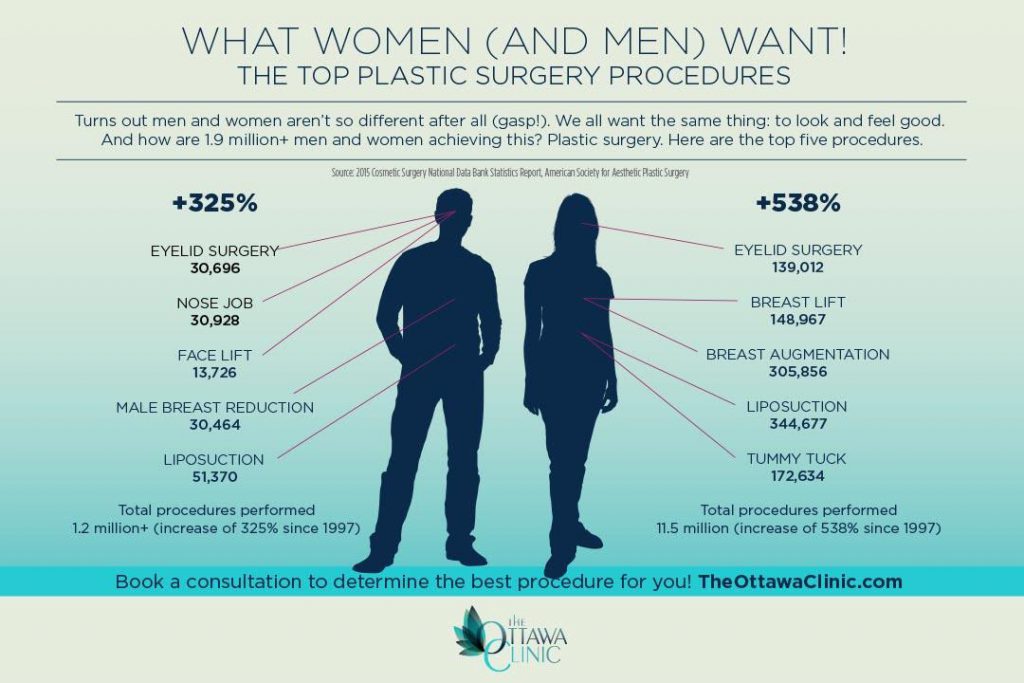Does Salicylic Acid Unclog Pores
Does Salicylic Acid Unclog Pores
Blog Article
Hormone Acne - What is Hormone Acne?
Hormonal acne is defined by blocked pores and oily skin that generally appears on the chin and jawline. It takes place when hormone modifications trigger swelling and microbial overgrowth within hair follicles.
Breakouts may look like whiteheads, blackheads, papules or pustules and cysts or blemishes in extra extreme cases. It is more common in teens undergoing the age of puberty yet can affect adults of any age.
What Causes Hormonal Acne?
While acne can be caused by a variety of elements, including using hair and skin care products that aren't oil-free or made with components that might block pores, genetic tendency, diet plan,2 and anxiety, the origin is rising and fall hormonal agents. Hormone acne takes place when the body experiences hormone adjustments and variations that bring about an overflow of sebum, which creates swelling, boosted development of germs and modifications in skin cell activity.
Hormonal acne is typically discovered on the reduced jawline, cheeks and neck but can appear anywhere on the body. It is characterized by blemishes that are cystic, unpleasant and filled with pus or other material. It is additionally more probable to take place in ladies than guys, particularly during puberty, the menstrual cycle, maternity or menopause.
Age
While several children experience acne at some time throughout adolescence, it can continue to plague grownups well right into the adult years. Referred to as hormonal acne, this form of breakout is linked to variations in hormonal agents and is normally most typical in ladies.
Hormonal acne takes place when oil glands generate excessive sebum, which blocks pores and traps dead skin cells. This leads to the development of imperfections, such as whiteheads, blackheads and papules, pustules, cysts or blemishes, deep under the surface.
This type of imperfection commonly triggers pain, redness and swelling. It might likewise be cyclical and show up around the very same time monthly, such as right before your duration begins. This is since levels of women hormonal agents like progesterone and oestrogen vary with each menstrual cycle.
Menstruation
Hormone acne generally appears in the reduced part of your face, along the jawline and cheeks, as whiteheads, blackheads or inflammatory pimples (pimples and cysts). It's more than likely to appear around the time when your menstruation modifications.
Particularly around ovulation, when estrogen and progesterone levels get on the increase, hormone variations can trigger breakouts. Yet it's likewise possible to obtain acne at any type of point throughout your 28-day menstrual cycle.
If you notice that your hormone acne flares up right prior to your duration, try seeing when precisely this happens and see if it connects to the phases of your 28-day menstrual cycle. This will certainly help you determine the source of your skin troubles. As an example, you may intend to service balancing your blood sugar level and eliminating high-sugar foods, or take into consideration a prescription drug like spironolactone that can control your hormonal agents.
Maternity
Growing an infant is a time of dramatic hormone modifications. For several ladies, this includes a flare-up of hormone acne. This type of outbreak generally starts in the very first trimester, around week 6. It's triggered by hormonal agent rises that stimulate sweat glands to make more oil, which can block pores and cause even more bacteria to accumulate.
Breakouts might also take place as a result of pre-existing conditions like polycystic ovary disorder, which can also be a concern during pregnancy and menopause. Additionally, some types of contraceptive pill (such as Ortho Tri-Cyclen and YAZ) can set off hormone acne in some women.
Luckily, most acne therapies are "no-go" for pregnant ladies (including prominent acne-fighting ingredients such as isotretinoin and spironolactone). However if you can not prevent those annoying bumps, your physician may recommend dental erythromycin or cephalexin, which are risk-free while pregnant.
Menopause
As women come close to menopause, the estrogen degrees that triggered their hormonal agent acne to flare up throughout the age of puberty begin to maintain and reduce. At the same time, nonetheless, a spike in androgens (also referred to as male hormones) happens due to the fact that these hormones can not be exchanged estrogen as efficiently as in the past.
The excess of androgens can activate oil manufacturing by the sebaceous glands, which click here blocks pores. When the clogged up pores become irritated and aggravated, a pimple types.
Hormone acne is generally seen on the face, specifically around the chin and jawline, but it can occur on the neck, back, shoulders, or upper body. This sort of acne tends to flare in an intermittent pattern, similar to the menstrual cycle. Anxiety, which increases cortisol and throws hormonal agents out of equilibrium, also contributes to the outbreaks.